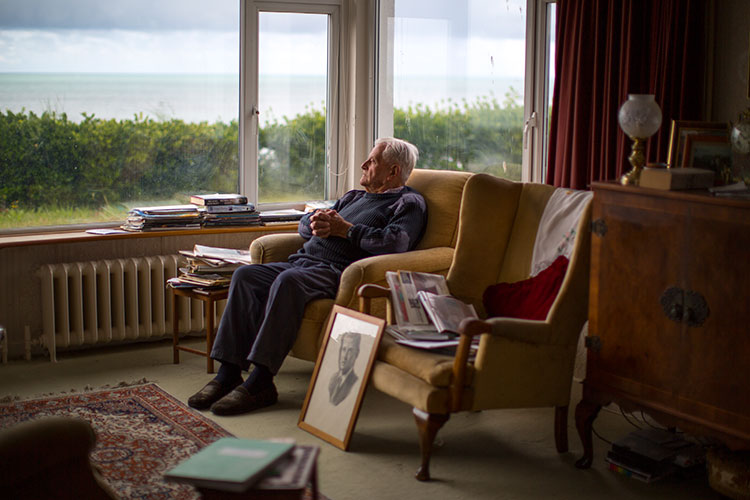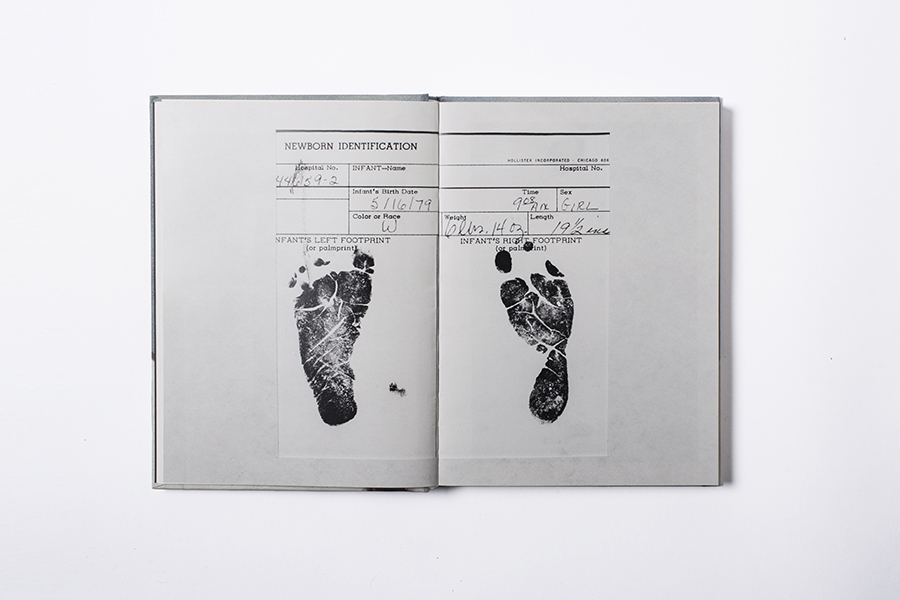Artist References: Yury Toroptsov- Deleted Scene:
Yury Totoptsov’s journey in search of a father he never knew was led by an invisible path in order to photograph the invisible. With a relentless pursuit Toroptsov traveled to Eastern Siberia in order to tell us a unique but complex story. Toroptsov was from a rural community in Russia and was born in 1974. He left in 1998 to study in New York at the School for Social Research. His work has been featured in personal and group exhibitions in Paris and Moscow. Toroptsov’s project is very similar to Abril’s because both have tried to photograph the invisible. They have also attempted to capture someone’s story, life and personality, both are emotional narratives which approach difficult subjects many people struggle with.
Archisle International Photographer in Residence 2014: Yury Toroptsov
In 2014 Yury Toroptsov was the Archisle International Photographer in Residence. He worked on a new commission of work in Jersey from April to September of the year. The project explores Toroptsov’s personal view of Jersey, it is a narrative of his experience on the island and his interpretation of his visions. The entire concept was instrumented by a video of the Jersey Battle of Flowers 1937. Toroptsov intended to explore the mystery of the island as well as experience its uniqueness and beauty. Again this project also introduces the idea of invisibility.
http://toroptsov.com/en/projects/deletedscene.htm
Artist References: Laia Abril- The Epilogue:
The Epilogue focuses on the tragic story of the Robinson family. It tells the journey and aftermath of losing their beloved 26 year old daughter to bulimia. Laia Abril reconstructed Cammy’s life exploring her story through, letters, archival images, objects and memories. It highlights the victims of eating disorders and the suffering the family experienced. Abril demonstrated the difficulties many young girls face with their weight and how they perceive themselves. Abril deals with the hurt and grief that effects the family. The guilt they feel over their loss and the frustration of the limited control they dealt with. The project shows the mixture of emotions and the act of remembering a cherished one. Abril captures the invisible beautifully, with care and insight into the raw emotions the family fight everyday. Almost four years ago, Abril began a long-term project on eating disorders, with the First Chapter ‘A Bad day’. In 2012, she released her second addition to her eating disorder project, ‘Thinspiration’.
Abril is a documentary photographer and journalist from Barcelona. Her work has been published in many famous medias for example, The Sunday Times Magazine, Burn and Esquire. Her projects have been exhibited in Italy, London and New York. She is a member of the editorial team at Colors Magazine. However, more recently was a finalist at the Burn Emerging Fund 2012 and nominated to the Magnum Foundation.
I chose to research Abril’s project, The Epilogue, because it gave me an example of how you can photograph the invisible. This particular concept is very hard to actually put into practice and this is exactly what I struggled with for my previous project. Therefore, through studying and reading into how Abril managed to show Cammy’s life and reconstruct her world through her family’s memories thoughts and feelings, as well as, objects, letters, newspaper clippings and archive images. Part of the reason why The Epilogue has such an influence over me is because it manages to intertwine two mediums- images and words. It has them complementing each other, photographs have the ability to convey anything, it is completely your own interpretation, whereas, words are more limited as they can only express so many things. I also like that the book is absent of cliches, it does the narrative justice and allows the viewer to be emotionally awakened by the sadness. The book manages to get the readers emotionally invested and become attached through the powerful images and texts. It also reflects an interesting way of symbolising and representing memories, each photograph or item in the book has some significance in the young girl’s life. Abril has only included the vitally important aspects which needed to be shown in the book.
http://www.laiaabril.com/project/the-epilogue/







